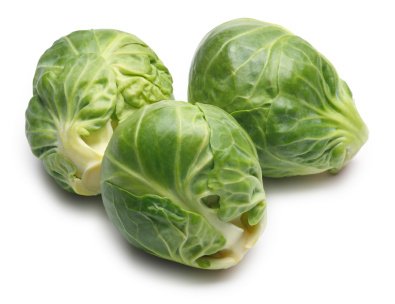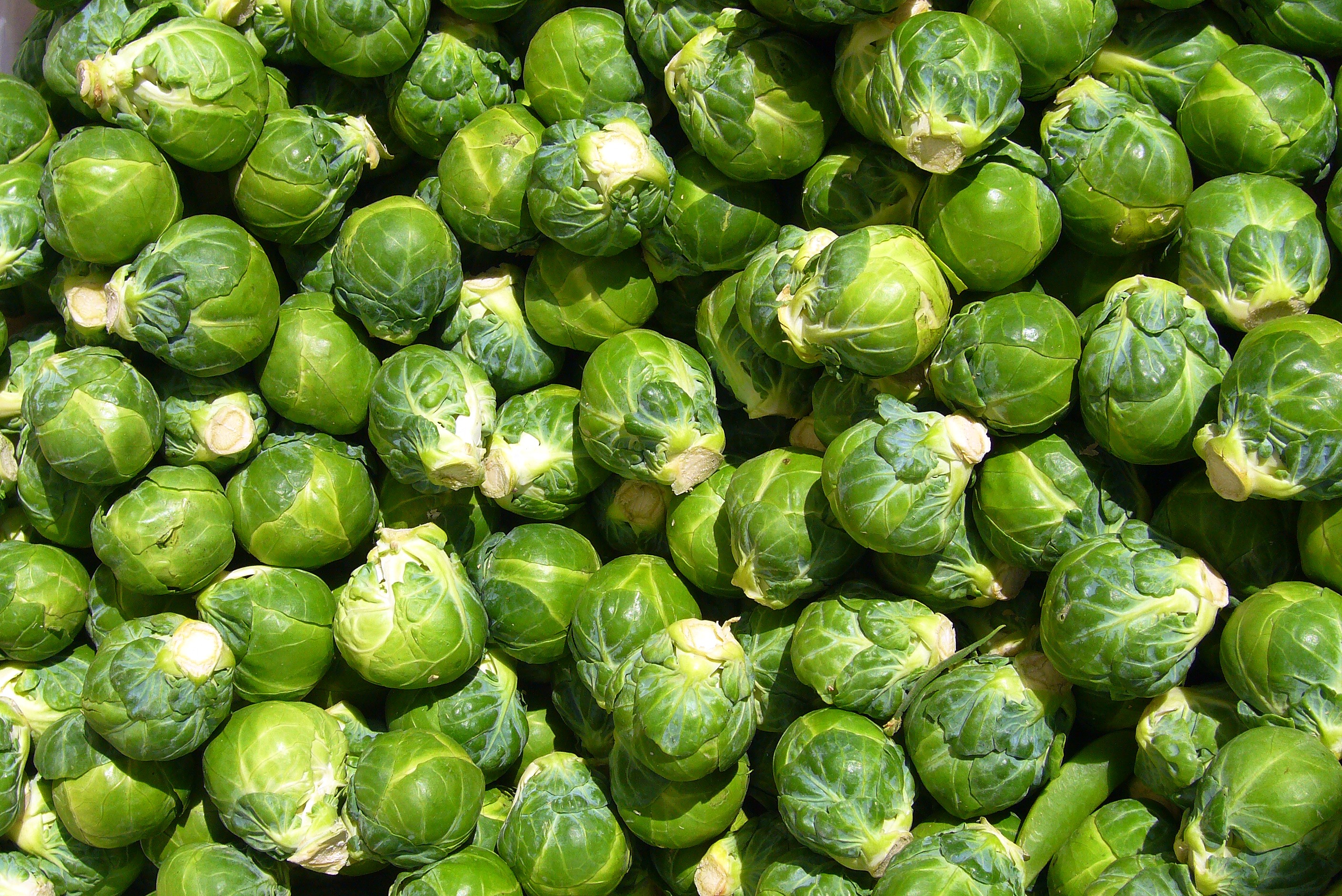Brussels sprout
Brussels sprouts, Brussels sprouts, sprouts ( in Germany ) and Brussels sprouts ( in Austria ) and Latin Brassica oleracea var gemmifera, also called " Rosenköhlchen ") is a vegetables and a variety of vegetables from the cabbage plant family Cruciferae. On a high-growing stems (50 to 70 cm) are formed in a spiral ascending, dense arrangement of buds (leaf herb ), which are in the leaf axils at least at the top.
In the trade to come under the name " Brussels sprouts " ( in Austria " sprouts ", otherwise as " sprouts " ) the cut florets that have a green - white coloration and a diameter of ten to about 50 mm.
Brussels sprouts is a biennial plant. If the florets not harvested, then they drive after hibernation in spring from shoots to that bear flowers in summer.
History
The first evidence for the cultivation of sprouts are to the year 1587 in the then Spanish Netherlands, now Belgium, dated. The original French name is Choux de Bruxelles. In the German-speaking world, he became known as "Brussels sprouts " or "Brussels cabbage". Beginning of the 19th century began Brussels sprouts its triumphant as winter vegetables throughout Europe and also found in the United States distribution. Today Brussels sprouts are grown mainly in the Netherlands, France and the United Kingdom.
Cultivation
Location
Sunny. The belonging to the Stark Zehrern Brussels sprouts prefers a very nutrient-rich and sandy loam soil.
Good neighbors are potatoes, spinach, garden salad, peas, celery and beetroot True. Poor are other cruciferous vegetables.
Varieties
As early varieties have proved, among other things: Hossa, Predora and Wilhelm Burger. As late varieties: Boxer, Zitadell, Fortress, Harald, Ideal and Igor.
Culture
Depending on the variety sown sprouts distributed from April to May directly into a seedbed in the open land in the cold frame or thin. From mid- May to late June is then transplanted. You plant too early, there is no fixed florets are formed, due to late planting the florets remain quite small. The plant distances are between 60 × 40 and 70 × 60 cm. The seedlings must be planted deep and well cast.
Care
Frequent hacking promotes root formation and the stability of the plant. In the fall during the Rösch education must be particularly well watered. In mid-September, when the first florets are already grown up, cuts to the growing tip, so that the florets evenly and be stronger. Rotting buds must be removed regularly. Yellow leaves are broken off, the green leaves are allowed, however, on stalk; protect them from frost.
Harvesting and utilization
Early varieties can be harvested from September; the main harvest time, however, lies in November and December. It picks the florets from the bottom up carefully from the stalk off. Brussels sprouts are hardy in many areas. In very cold regions overwinter the whole plant in a protected, shady logging outdoors. Repeated frosts below -10 ° C the florets very hurt. Brussels sprouts taste as salad and cooked as a vegetable and can be freeze excellent. Brussels sprouts contains many minerals and fiber as well as vitamin A, riboflavin (vitamin B2 ) and ascorbic acid (vitamin C).
Pests and diseases
- Aphids, flower flies, flea beetles, cabbage white caterpillars, cabbage rotating heart mosquito; Clubroot.
Ingredients
Like other varieties of cabbage is attributed a health effect due to the ingredients and Brussels sprouts.










